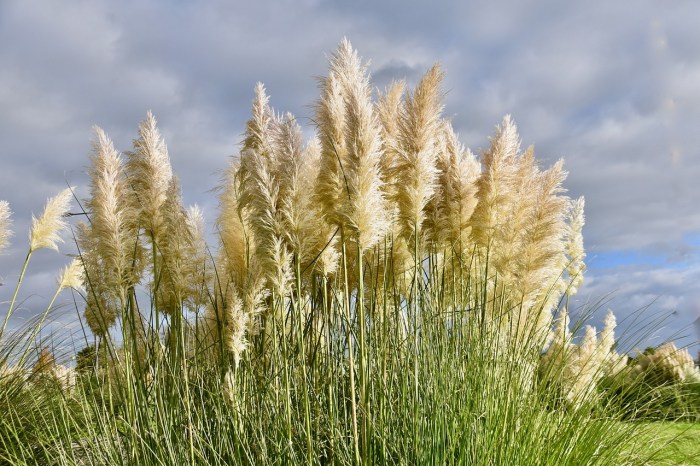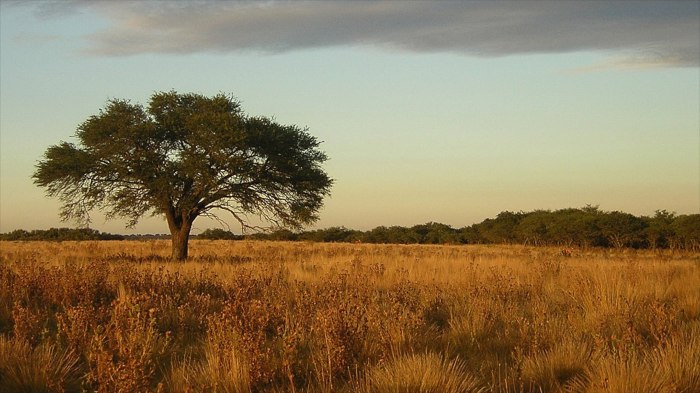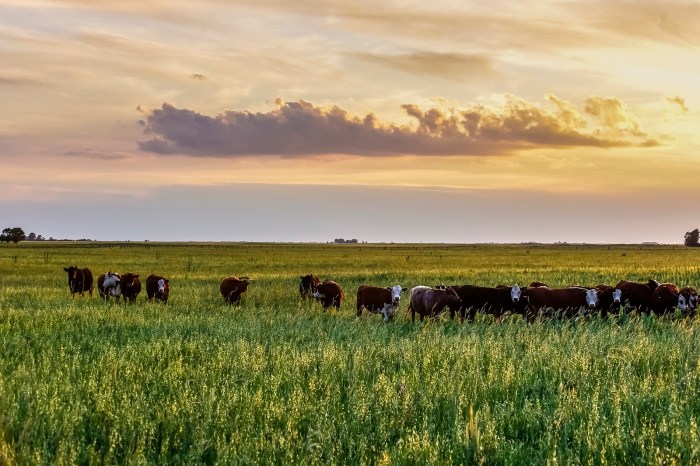Grassy and treeless plain in southwest u.s. and south america – Grasslands of the Americas: Vast, Treeless Plains of the Southwest and South, are unique and captivating ecosystems that stretch across vast regions of the Americas. These sprawling landscapes, devoid of trees, are characterized by their expansive grasslands, diverse flora and fauna, and significant ecological and cultural importance.
These grasslands have played a pivotal role in shaping the history and culture of the Americas, serving as grazing lands for livestock, agricultural hubs, and home to indigenous communities. Their ecological significance lies in their ability to support a wide range of plant and animal species, contributing to the overall biodiversity of the region.
Geographical Characteristics: Grassy And Treeless Plain In Southwest U.s. And South America

The grassy and treeless plains of the southwestern United States and South America are vast and flat, stretching for hundreds of kilometers. The plains are characterized by a unique soil composition, which is primarily composed of clay and silt. This soil composition inhibits the growth of trees and supports the growth of grasses.
The climate of the grassy and treeless plains is characterized by hot summers and cold winters. The average temperature in the summer months is between 25°C and 35°C, while the average temperature in the winter months is between -5°C and 5°C.
The plains receive an average of 250 to 500 millimeters of precipitation per year, which is primarily distributed during the summer months.
Flora and Fauna

Flora, Grassy and treeless plain in southwest u.s. and south america
The dominant plant species found in the grassy and treeless plains are grasses and shrubs. The grasses are typically short and bunchy, while the shrubs are typically small and thorny. The plants have adapted to the harsh conditions of the plains by developing deep root systems that allow them to access water from deep in the soil.
Fauna
The grassy and treeless plains are home to a diverse range of animal species, including bison, pronghorn antelope, and coyotes. The bison are large, hoofed mammals that graze on the grasses of the plains. The pronghorn antelope are fast, agile animals that are well-adapted to the open spaces of the plains.
The coyotes are opportunistic predators that hunt a variety of animals, including rodents, rabbits, and birds.
Ecological Significance
The grassy and treeless plains are an important habitat for a variety of species. The plains provide food and shelter for the animals that live there, and they also play a role in the global carbon cycle. The grasses of the plains absorb carbon dioxide from the atmosphere, and they release oxygen into the atmosphere.
The grassy and treeless plains are also important for maintaining biodiversity. The plains are home to a wide variety of plant and animal species, and they provide a unique habitat for many of these species. The loss of the grassy and treeless plains would have a devastating impact on the biodiversity of the region.
Cultural and Historical Importance

The grassy and treeless plains have been home to indigenous communities for thousands of years. The indigenous communities have used the plains for hunting, gathering, and grazing. The plains have also been used for agriculture and other human activities.
The grassy and treeless plains have a rich cultural and historical significance. The plains are home to many archaeological sites, and they have been the setting for many important historical events. The plains are also a source of inspiration for many works of art and literature.
Question & Answer Hub
What are the dominant plant species found in these grasslands?
The dominant plant species in these grasslands include various types of grasses, such as buffalo grass, grama grass, and bluestem grass.
How have these grasslands been used by humans?
These grasslands have been used for grazing livestock, agriculture, and other human activities, such as hunting and gathering.
What are the threats to these grasslands?
Threats to these grasslands include habitat loss due to urbanization and agriculture, overgrazing, and climate change.